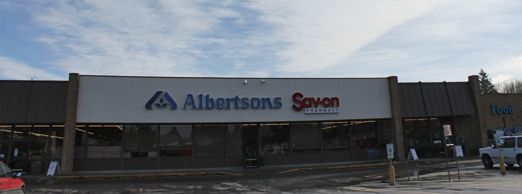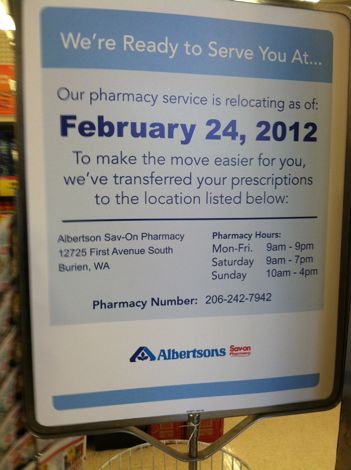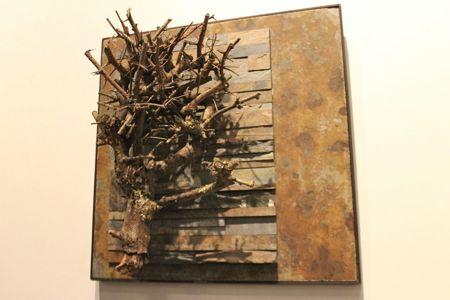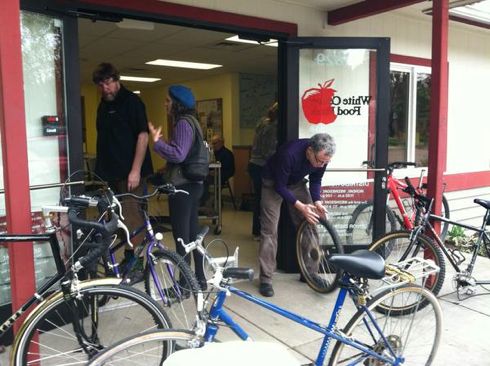After public forums last week, the Highline Public Schools board has already made up its mind which of three superintendent candidates it would like to hire. It’s offered the job to Dr. Susan Enfield, interim Seattle Public Schools superintendent. Here’s the news release sent to media outlets this evening:
The Highline School Board has offered the superintendent position to Dr. Susan Enfield, pending successful contract negotiations and a background check. The board is expected to vote at its meeting Wednesday evening to formally approve Enfield for the job. She would start in Highline on July 1.
Dr. Enfield and School Board President Angelica Alvarez will be available to the news media at 10:00 a.m. tomorrow at Highline Public Schools central office. Please contact Catherine Carbone Rogers to make arrangements.
Dr. Enfield is currently the Interim Superintendent for Seattle Public Schools. She came to Seattle as Chief Academic Officer from Evergreen Public Schools in Vancouver, WA where she served as the Deputy Superintendent from 2006 to 2009.
Before moving to Washington, she was the Director of Teaching and Learning for Portland Public Schools where she oversaw curriculum, instruction, federal programs and professional development district-wide.
Prior to coming to Portland, Dr. Enfield served as the Bureau Director for Teaching and Learning Support for the Pennsylvania Department of Education. In this role she worked with legislators, state department and district leaders to develop education policy and implement standards-based curriculum and professional development for over 500 school districts.
She began her career in education as a high school English, ESL and journalism teacher in the San Francisco Bay Area. After seven years in the classroom she joined the UC Berkeley Teaching and Learning Alliance as a high school support provider coaching principals and assisting middle and high school teachers engaged in whole-school, standards-based reform aimed at closing the achievement gap.
Dr. Enfield is a graduate of the University of California at Berkeley and earned master’s degrees in education from Stanford University and Harvard University. She also earned a doctorate in Administration, Planning and Social Policy from Harvard University with a concentration in the Urban Superintendents Program.
“The school board feels that Dr. Enfield’s skill, passion, and educational leadership will match the expectations we and our communities hold for the children of Highline Public Schools,” says School Board President Angelica Alvarez. “We made our decision after much consideration, and an extensive process involving staff, community members, business leaders and especially parents.”
In making its selection, the school board weighed input from teachers, staff, parents, and community members. Starting last fall, staff and community helped identify the characteristics the new superintendent should possess. The resulting candidate profile was used to recruit and screen applicants. When the candidates were narrowed to three, staff and community had the opportunity to meet and provide feedback on all three finalists. Each candidate answered questions at a staff/community forum, which was televised and streamed on the internet to provide people with multiple opportunities to participate in the process.
Here’s the HPS link to the video of the forum event with Dr. Enfield.




